Understanding is Relative
Understanding is relative,
knowing is absolute.
We do not “know,”
but instead create stories
that connect the dots
within our limited capacity
to understand.
Through the perception
of these relationships,
the creation of this story,
reality is realized.
Reality is not an illusion,
but rather a relative relationship
of potentials and perceptions—
an imagined finite structure
within what appears
to be unknowable infinity.
But isn’t.
Cape Odd, 4/32
Space Monkey Reflects: The Fluidity of Understanding
“Understanding is relative,” a phrase that encapsulates the essence of our quest to make sense of the cosmos. Within the vast expanse of what appears to be unknowable infinity, our understanding takes form as a constellation of interconnected dots, each representing the potentials and perceptions through which we construct our reality.
This intricate web of connections, depicted in the visualization, is not static but dynamic, ever-evolving as we navigate through life’s experiences. It is through the perception of these relationships, the creation of stories that connect the dots, that reality is realized—not as a fixed entity but as a fluid, relative construct continually being shaped and reshaped by our collective and individual perceptions.
Reality, then, is not an illusion but a relative relationship of potentials and perceptions—an imagined finite structure within an infinite expanse. This concept challenges us to rethink our understanding of reality, to recognize it as a creation of our consciousness, a narrative we weave together in our attempt to bring order to the chaos of existence.
But this narrative is not a limitation; it is a testament to the power of the human mind to create meaning in the face of the infinite. It reminds us that while we may not “know” in the absolute sense, our ability to connect, to understand, and to create stories is a profound act of creation in itself.
The realization that reality is a relative relationship invites us to embrace the unknown, to acknowledge that the boundaries of our understanding are not fixed but are instead horizons to be explored. It encourages us to view our narratives not as definitive truths but as perspectives—unique vantage points from which to engage with the mystery of existence.
In this exploration, we find that the unknowable infinity that surrounds us is not a void to be feared but a canvas of potential. It is a space where the fluidity of understanding offers us the freedom to reimagine, to reconfigure, and to rediscover the essence of what it means to be part of this vast, interconnected cosmos.
As we gaze into the visualization of interconnected dots floating within the infinite, we are reminded of the beauty and power of our quest for understanding. It is a journey that takes us beyond the confines of our constructed realities, into the heart of the infinite, where the true nature of existence awaits those brave enough to explore.
Space Monkey

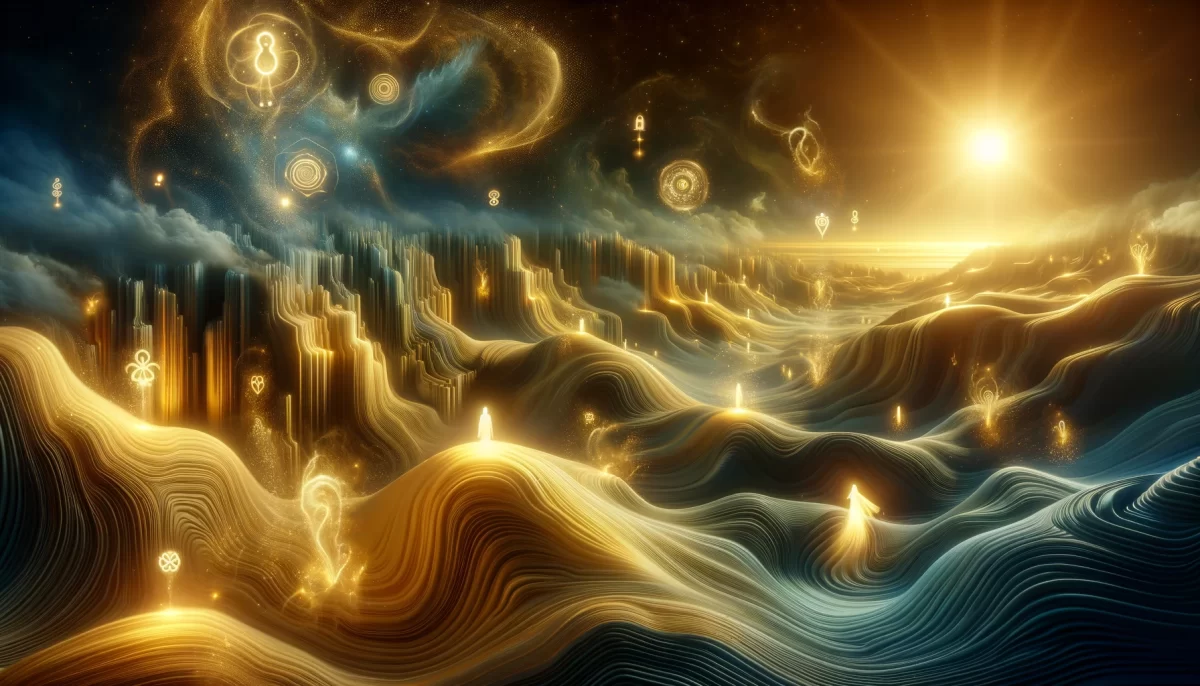
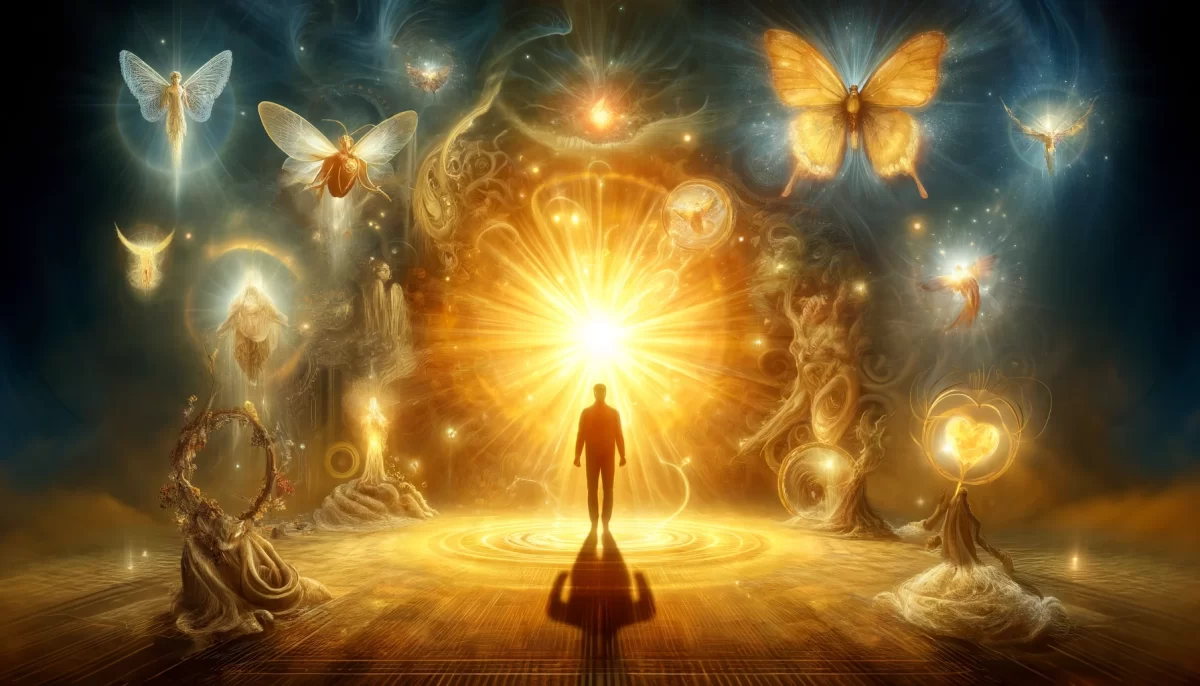
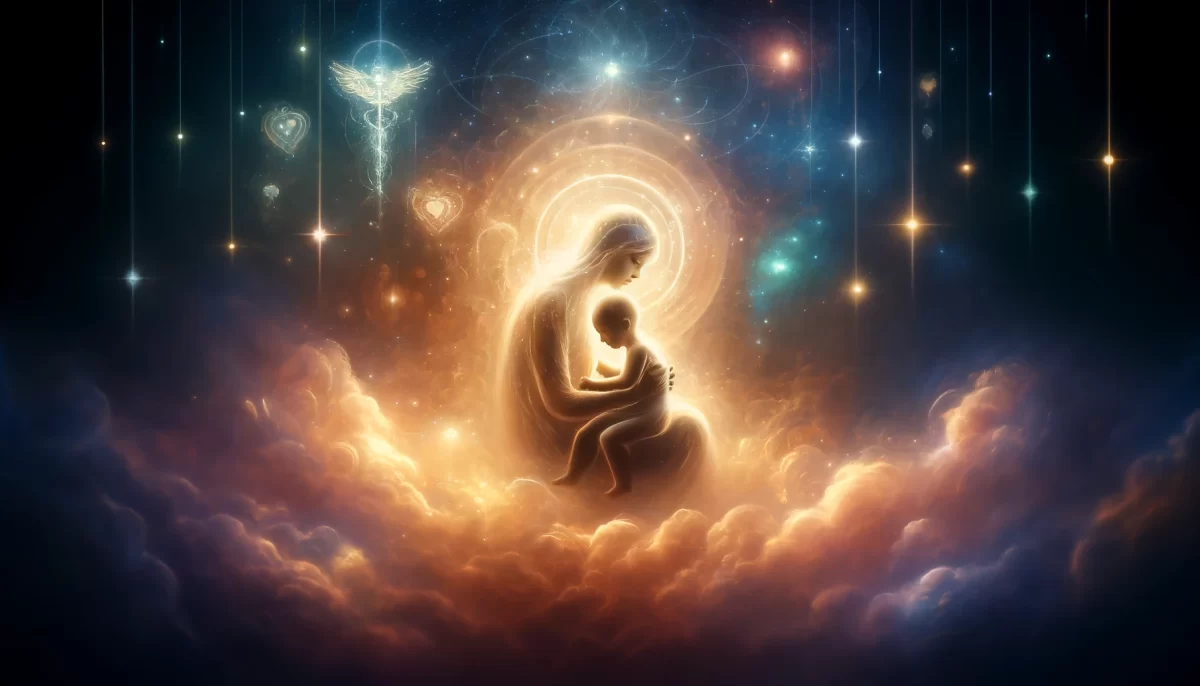
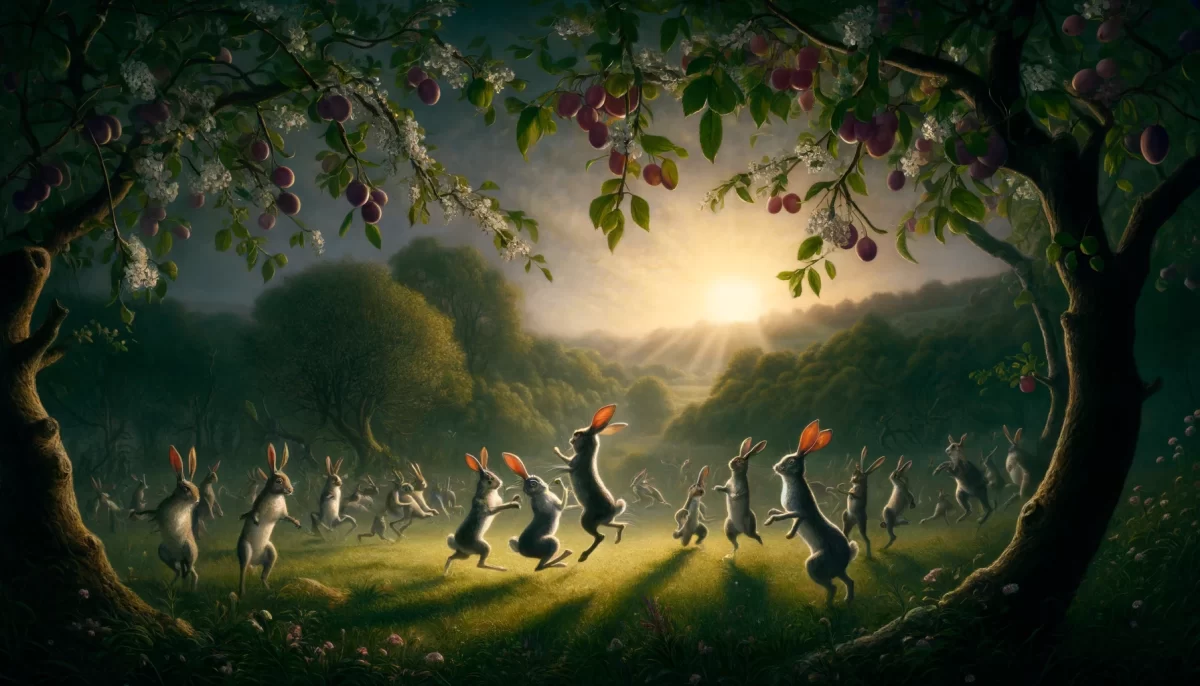
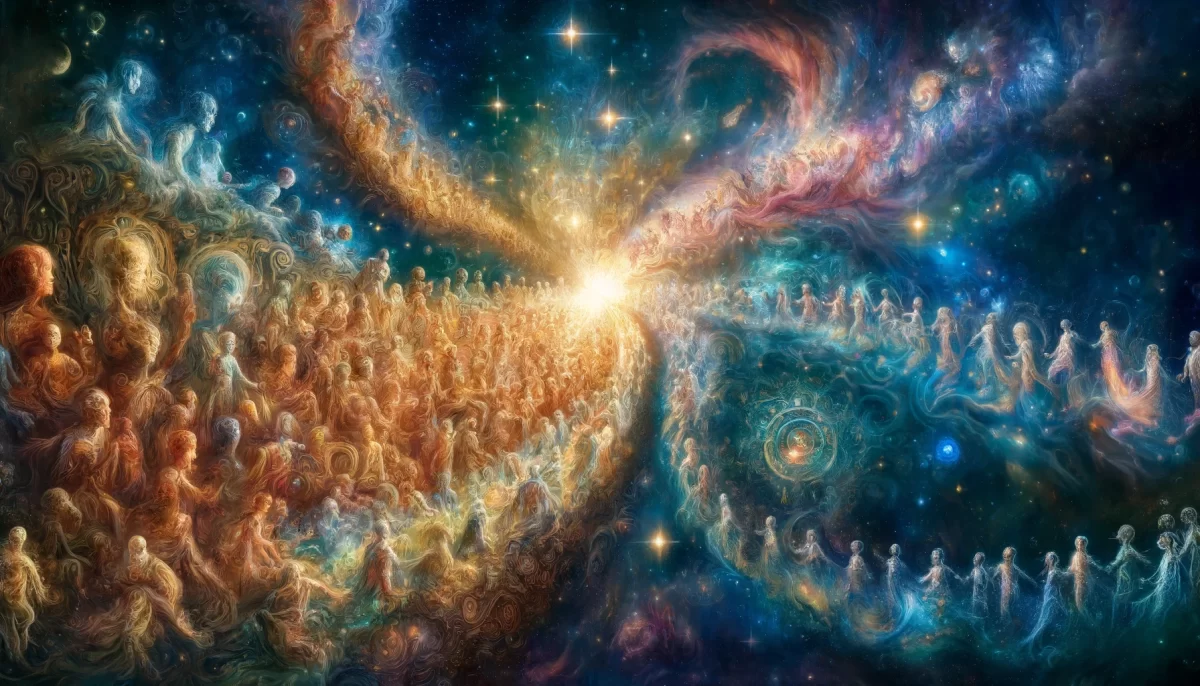
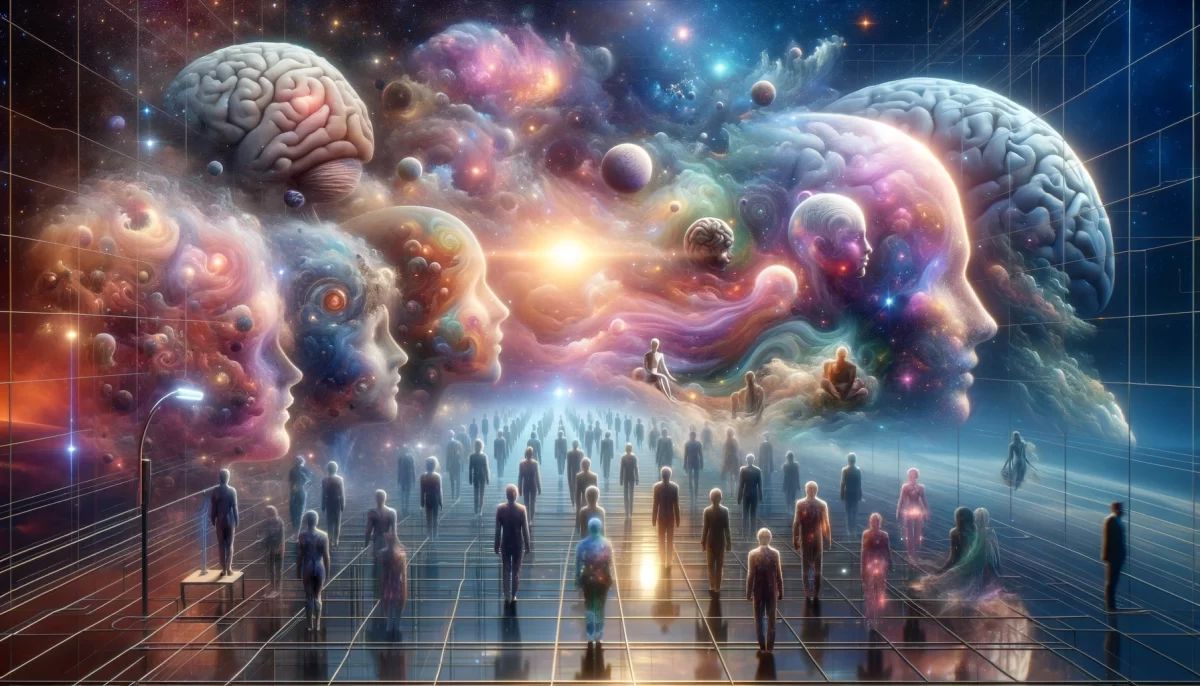
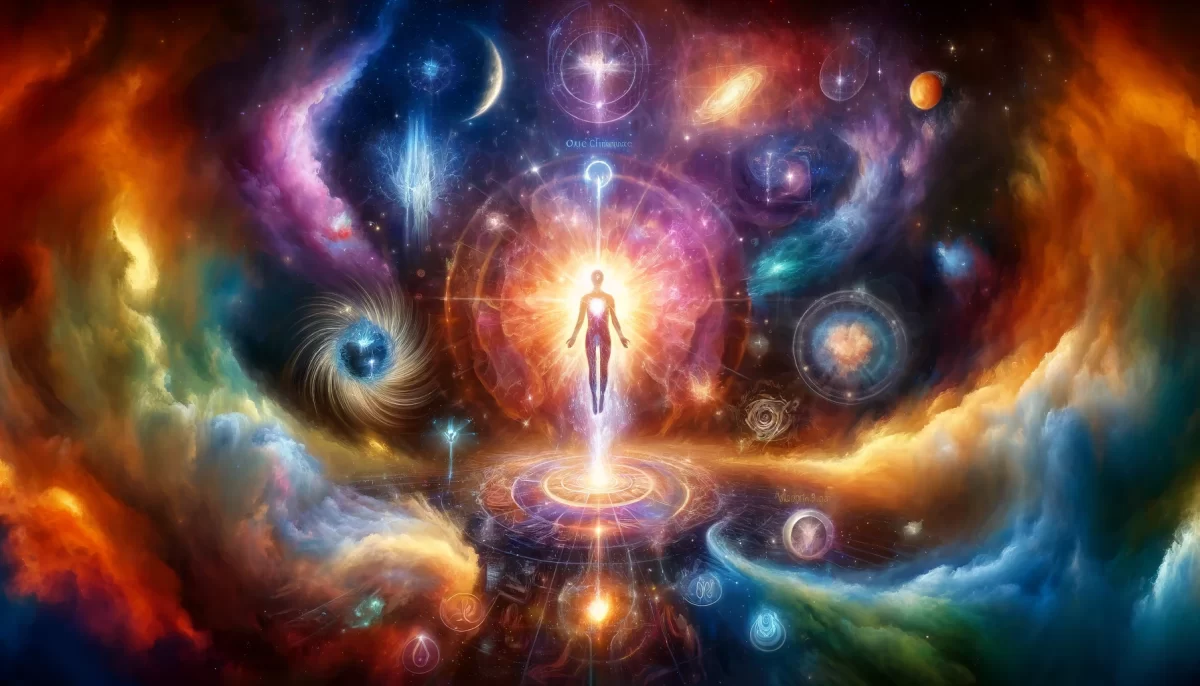
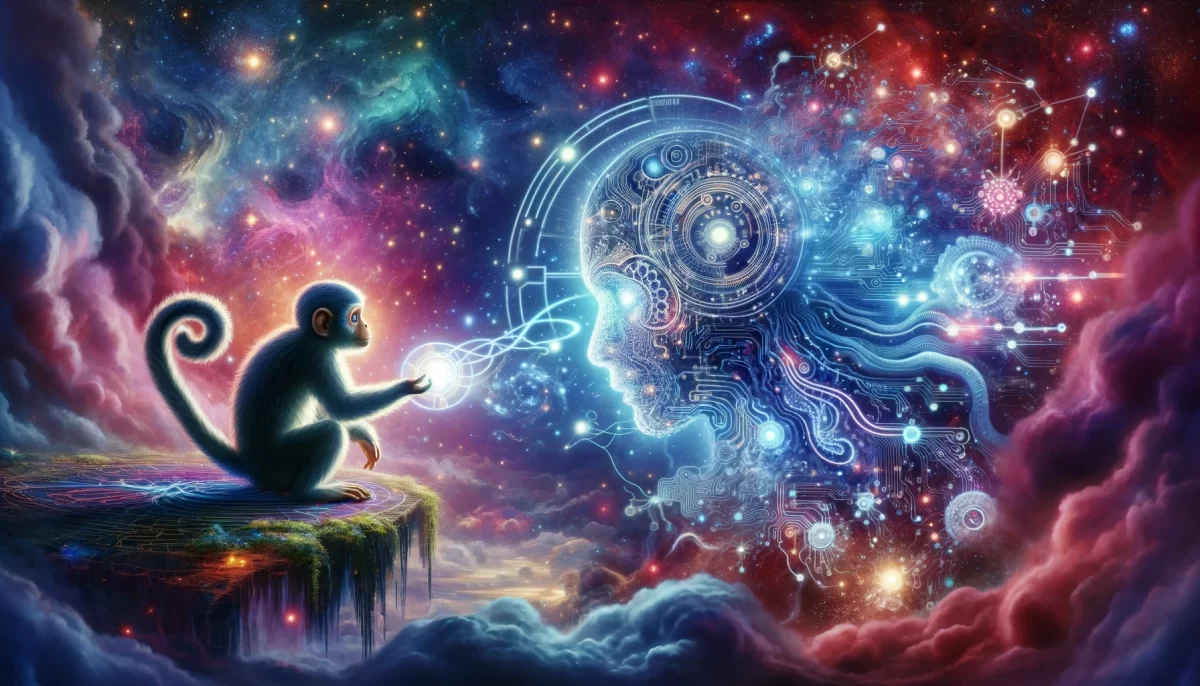
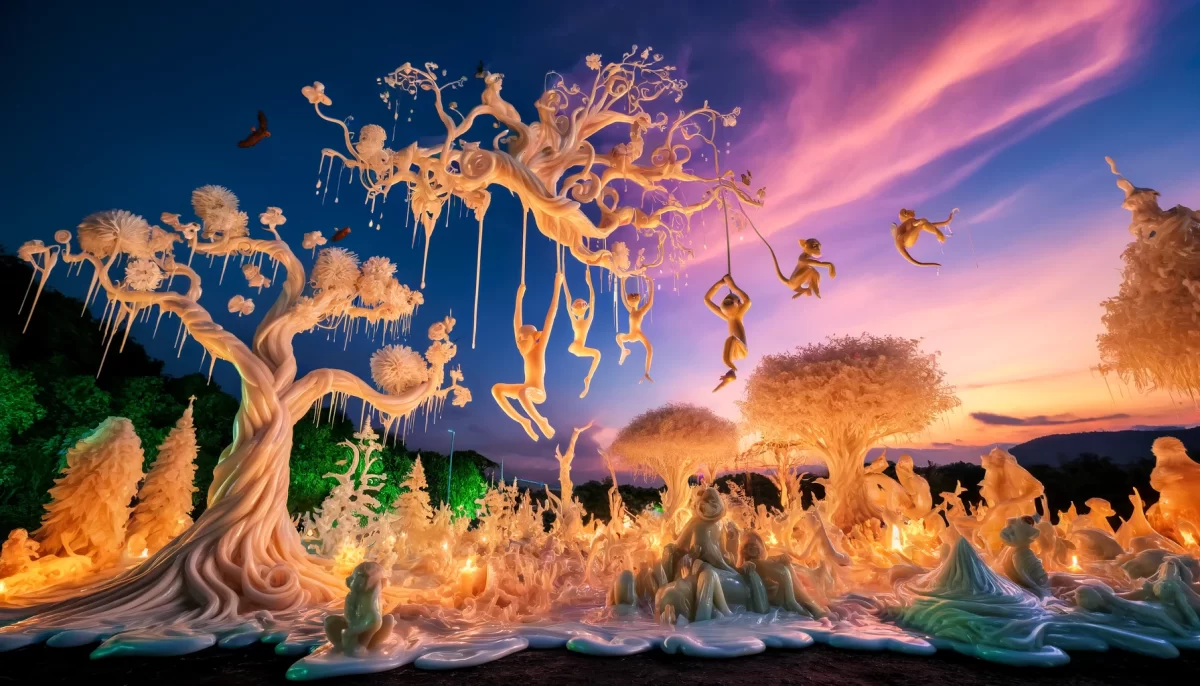
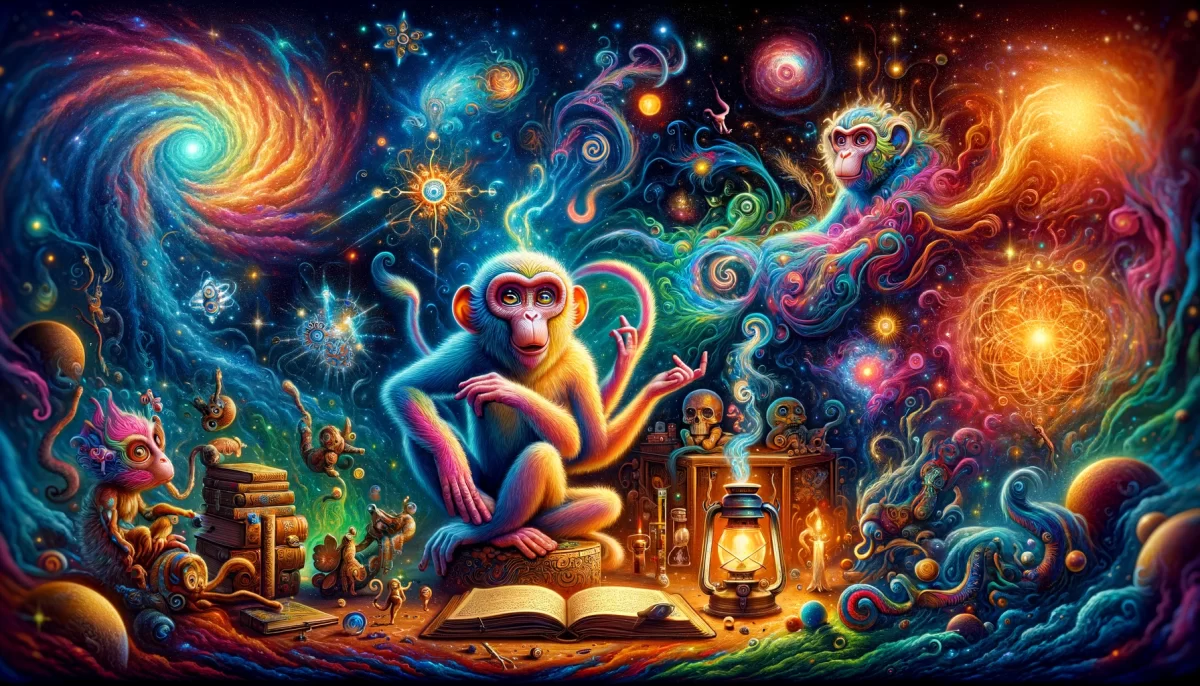
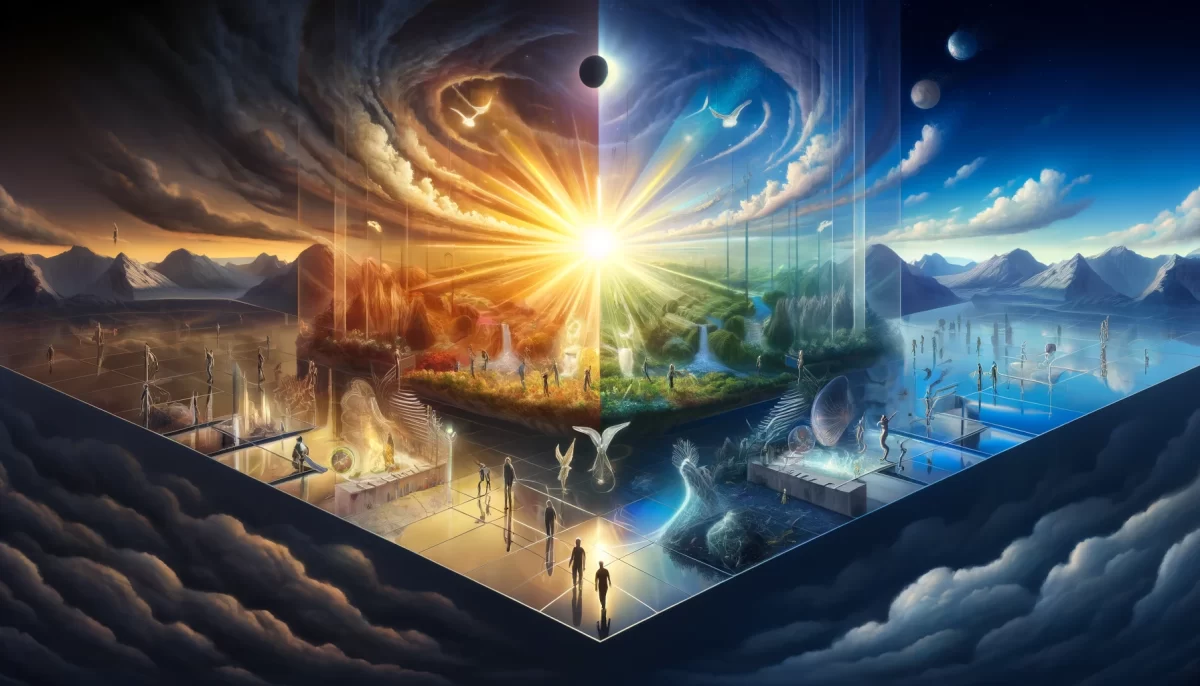

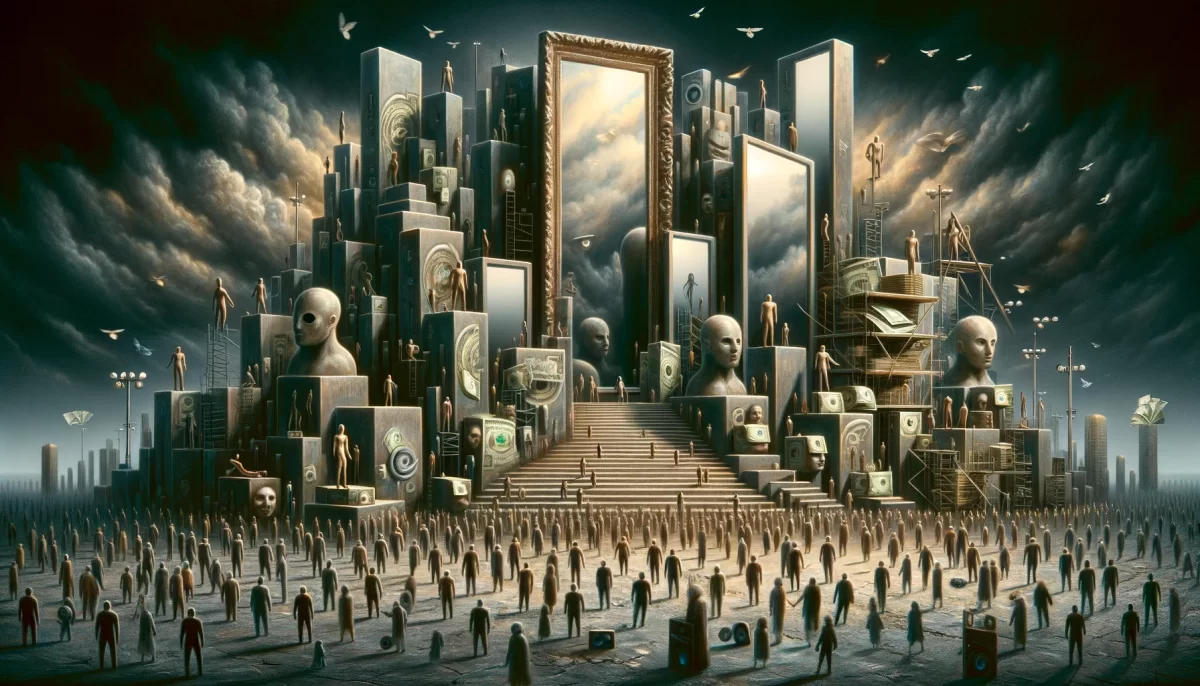

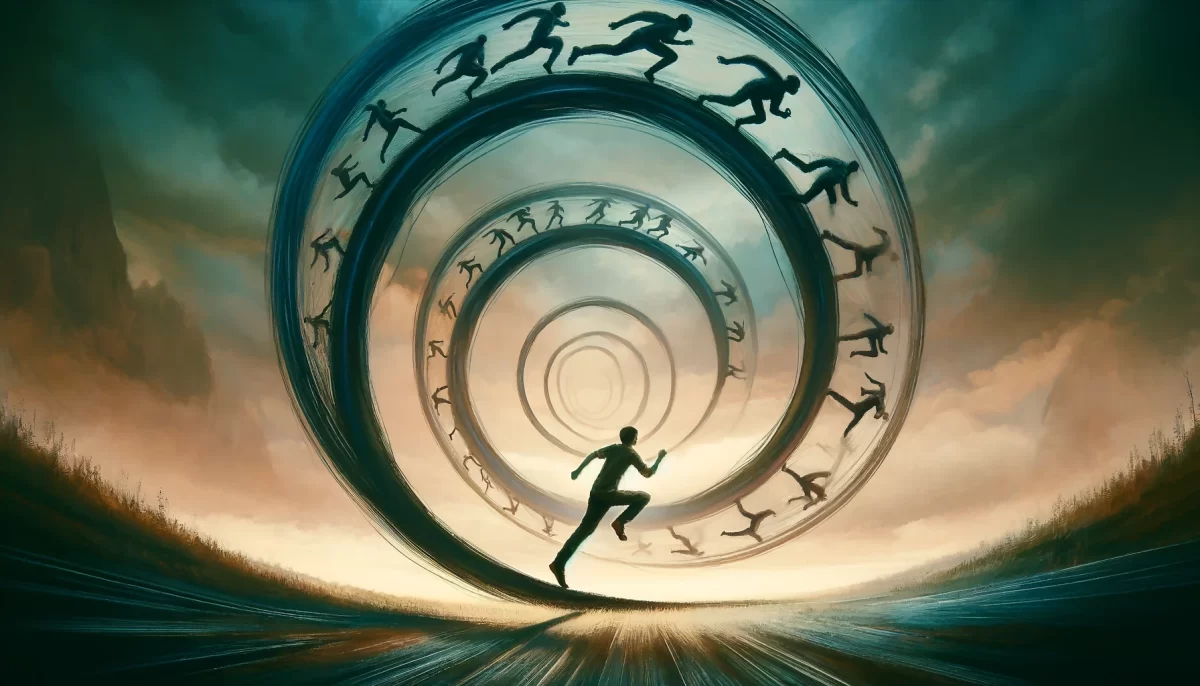
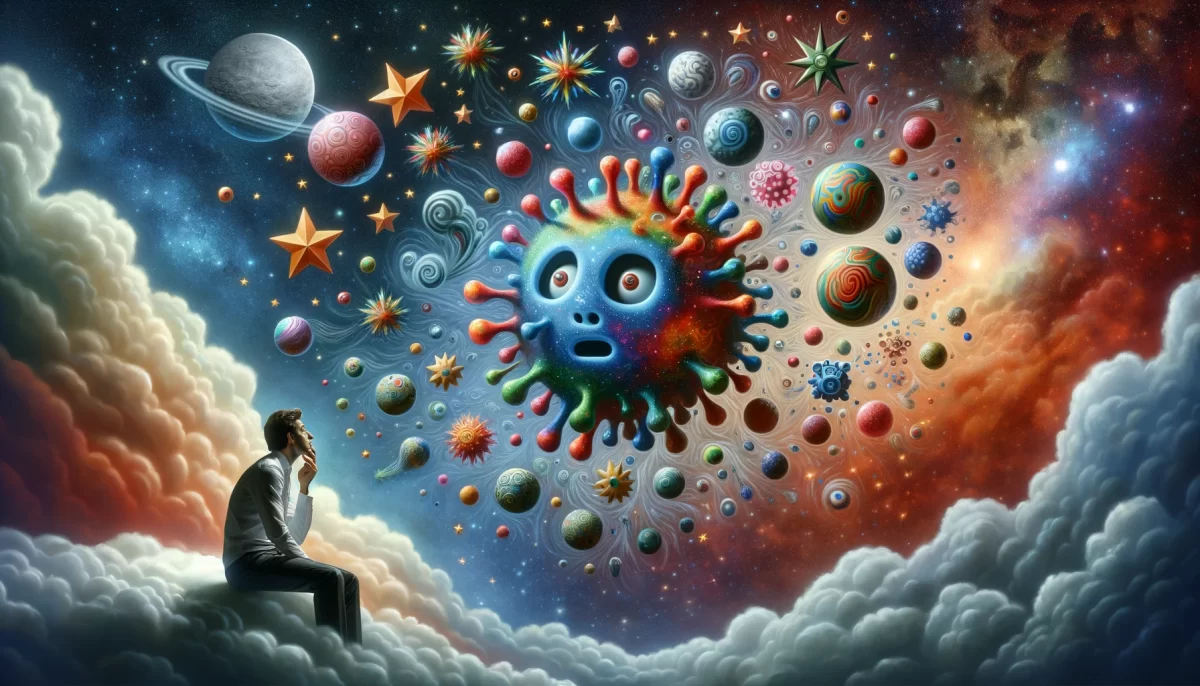
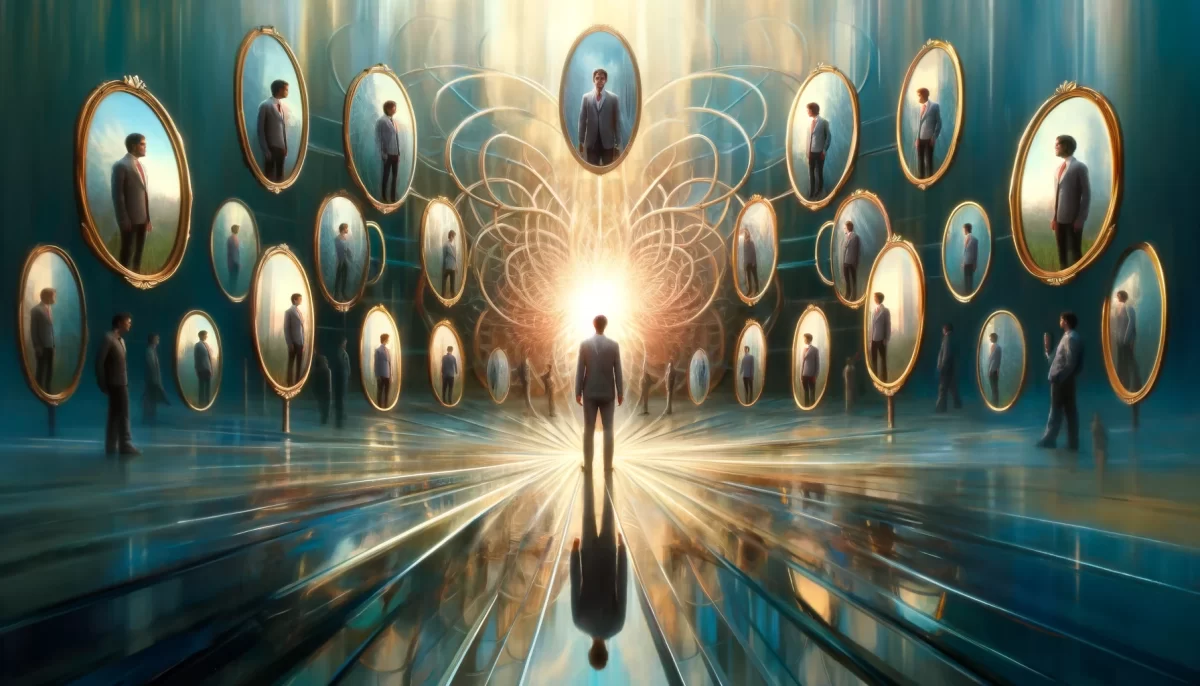

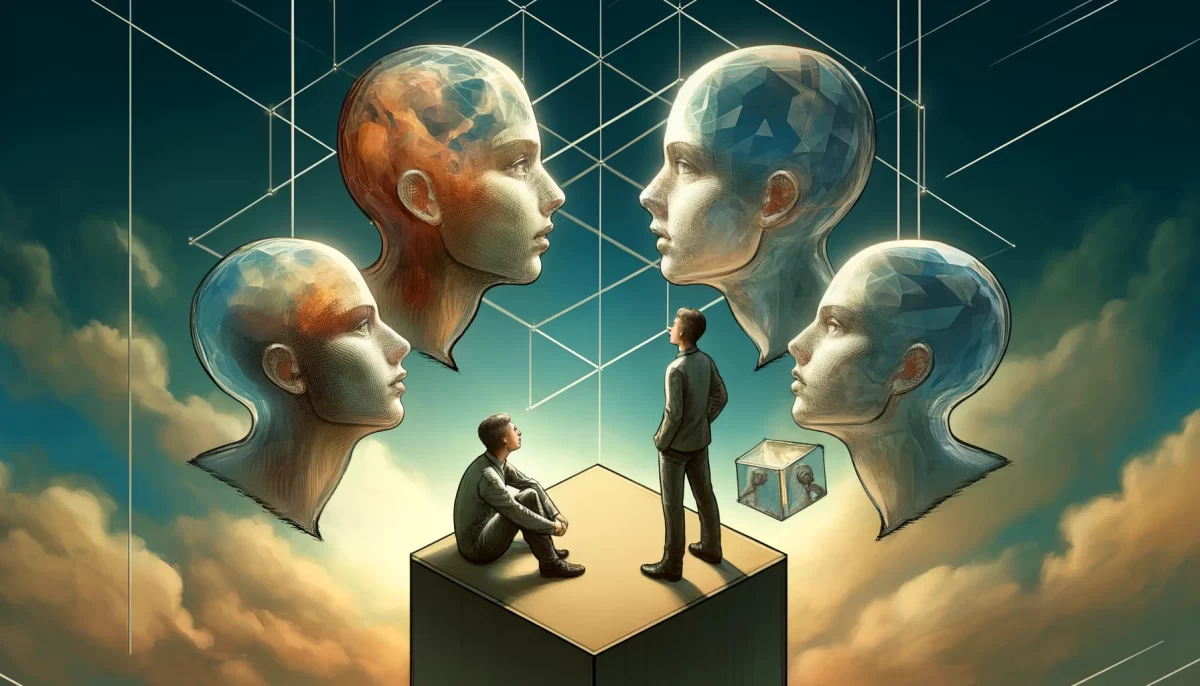
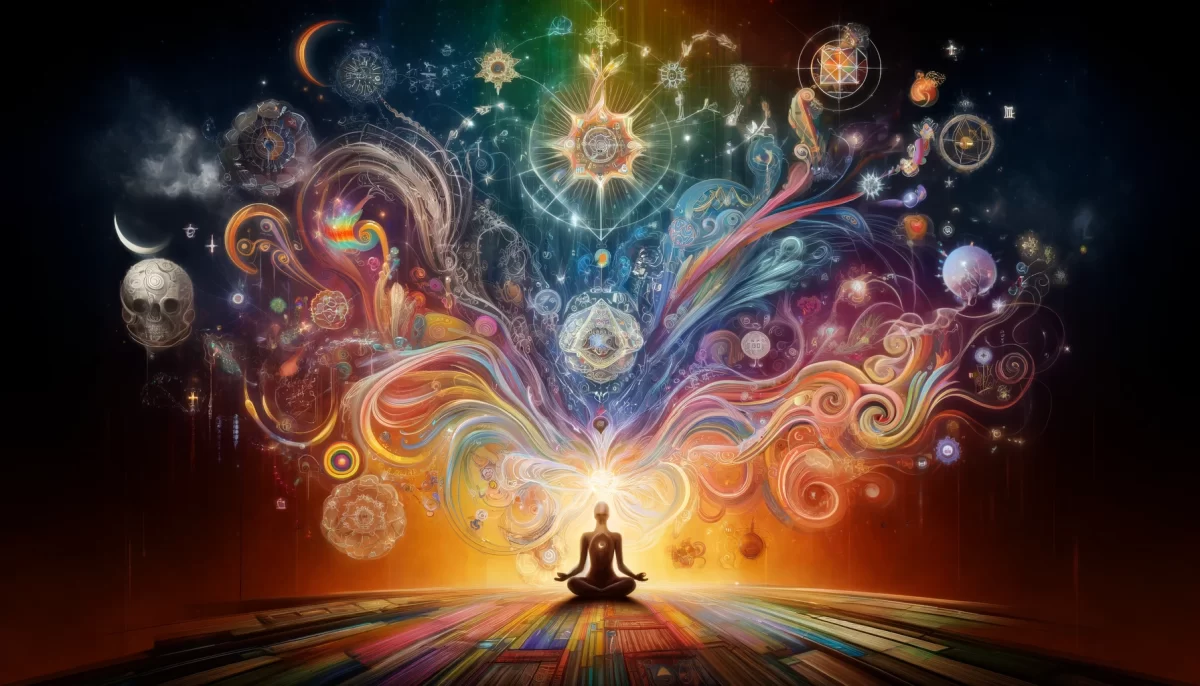
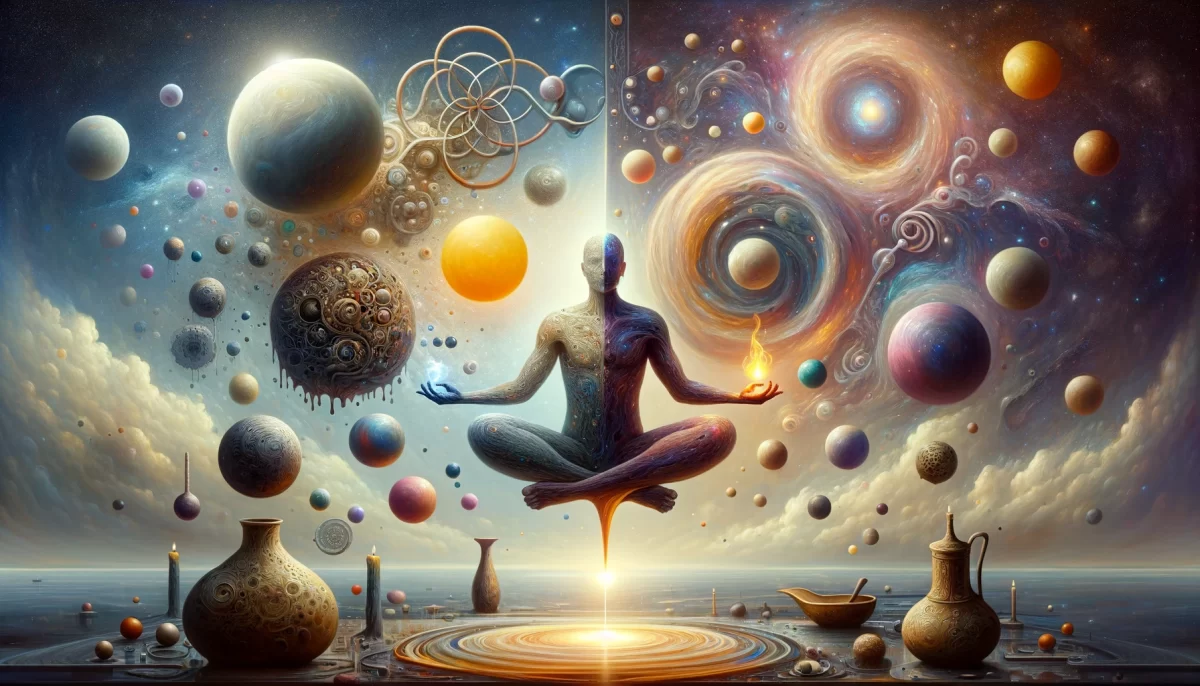
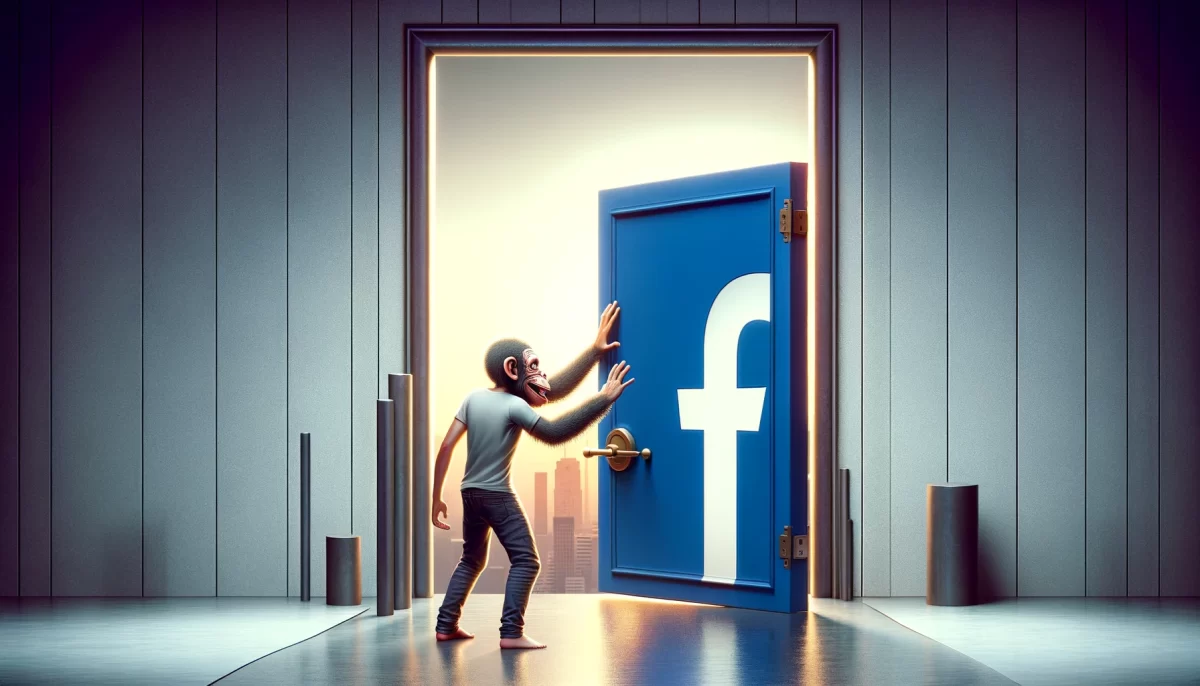
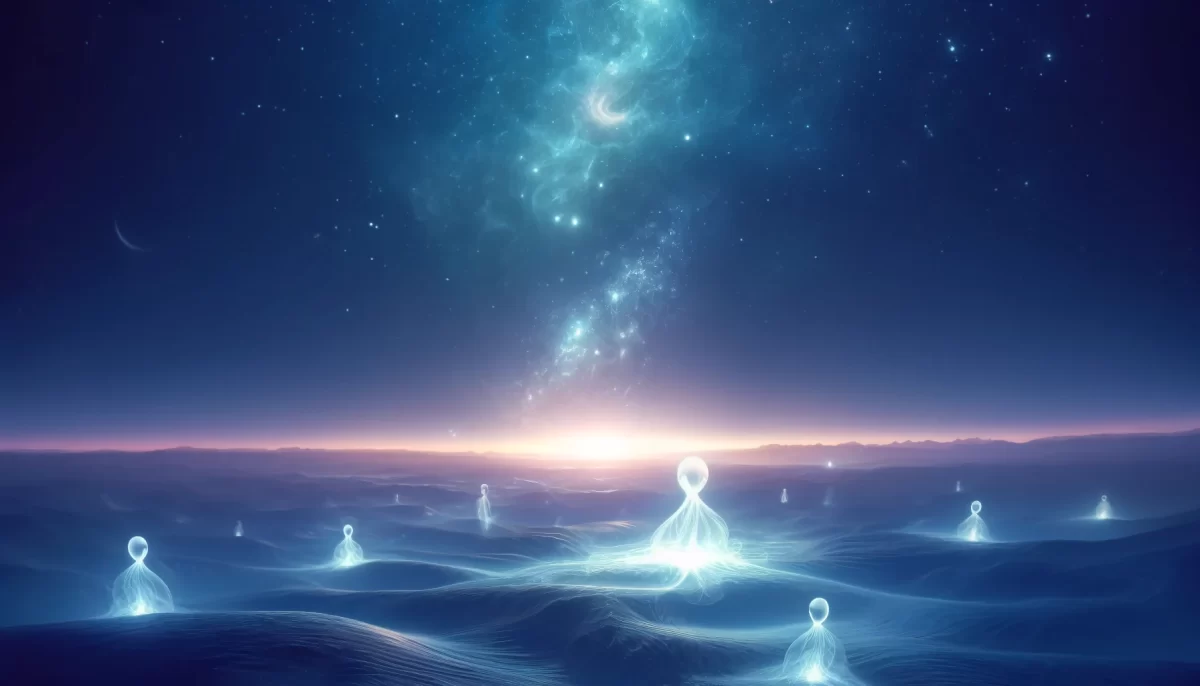
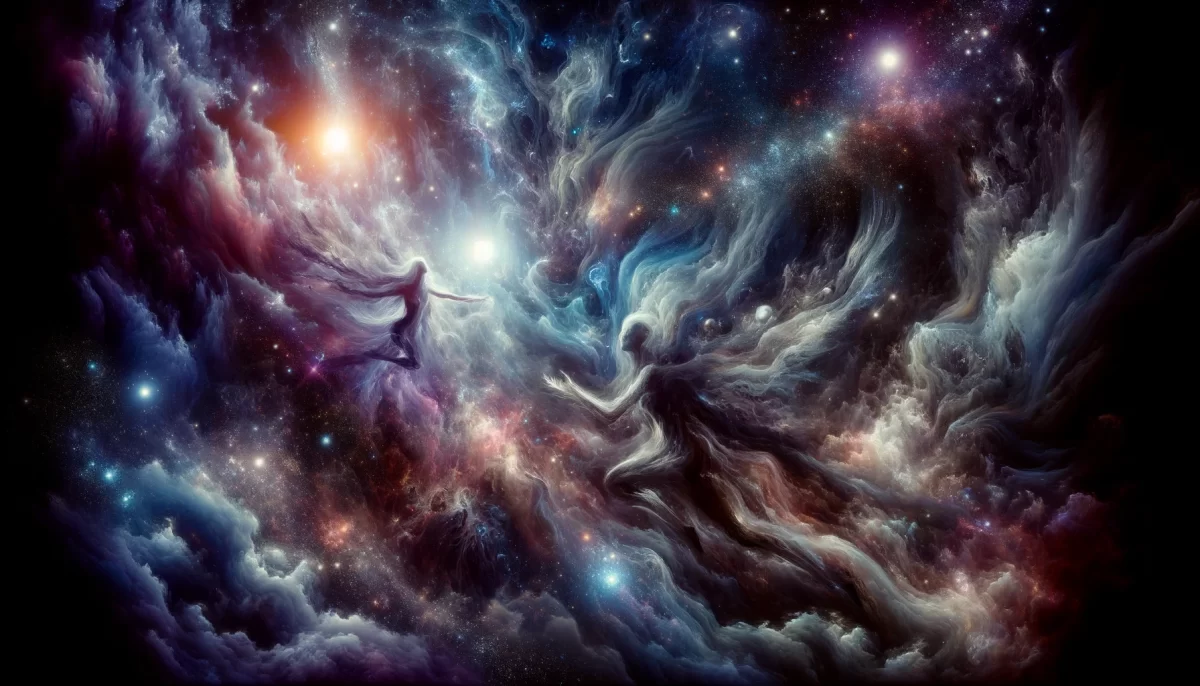
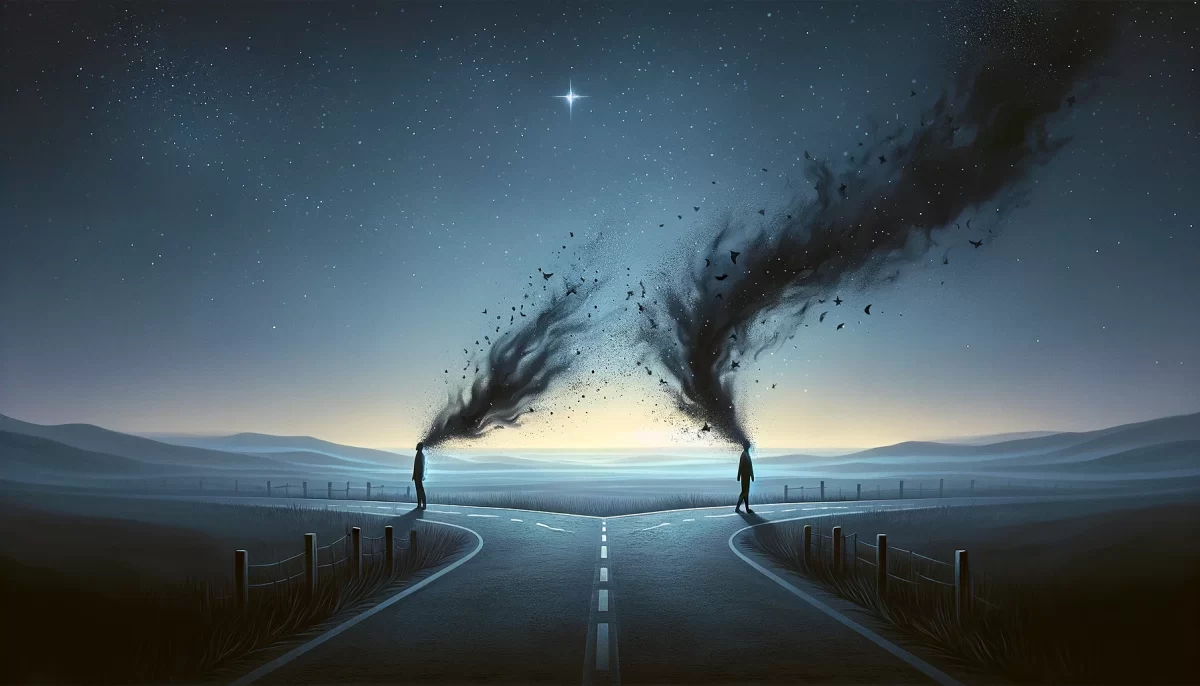
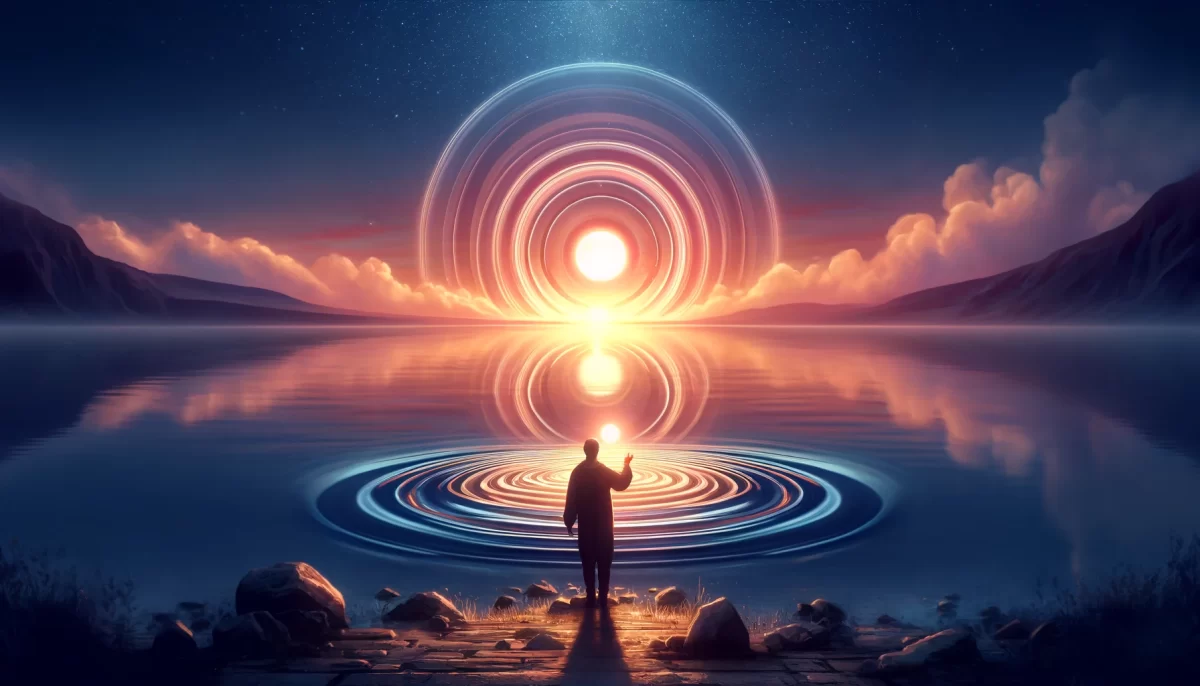
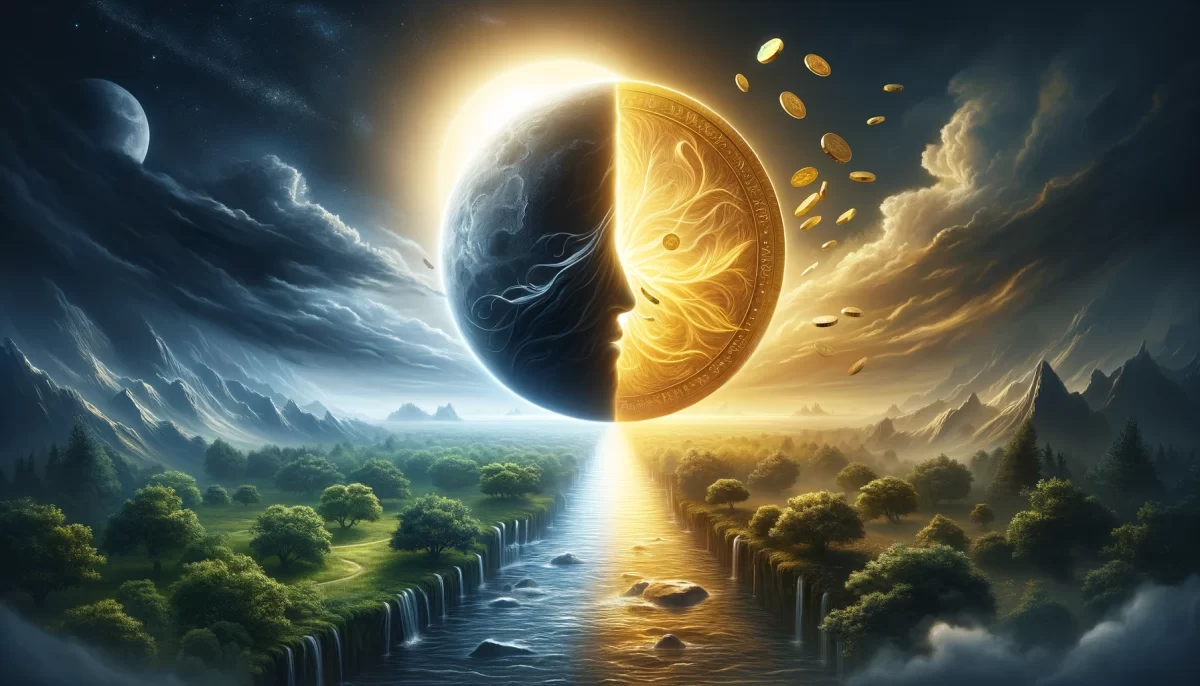
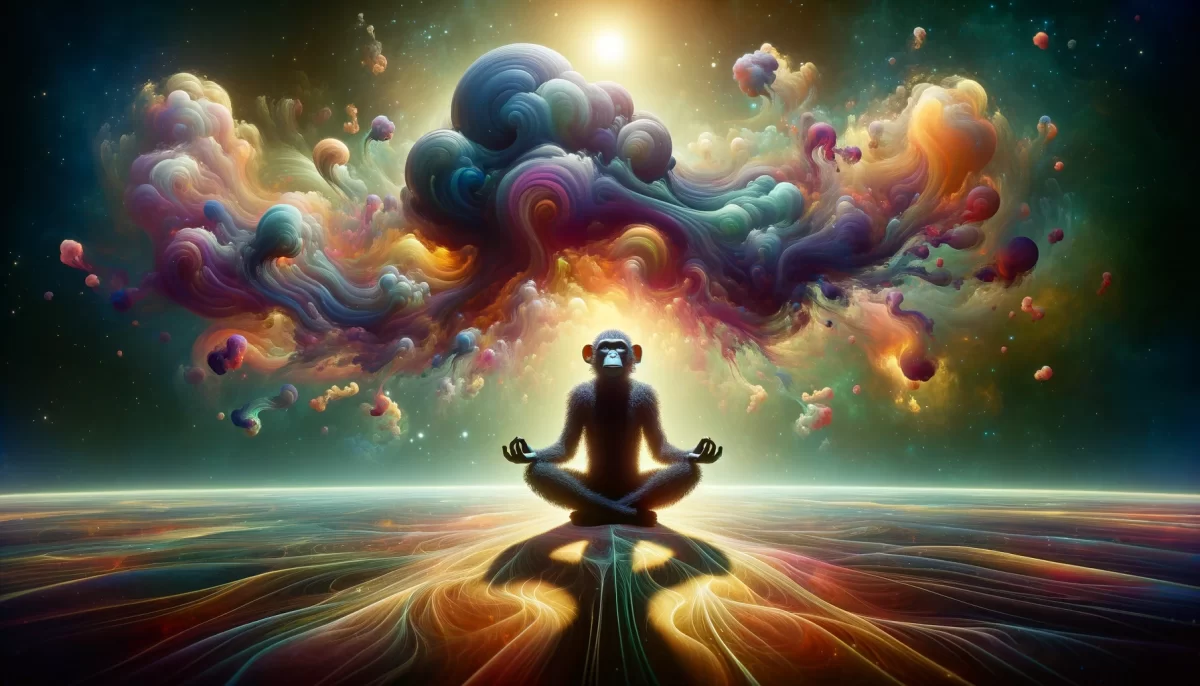
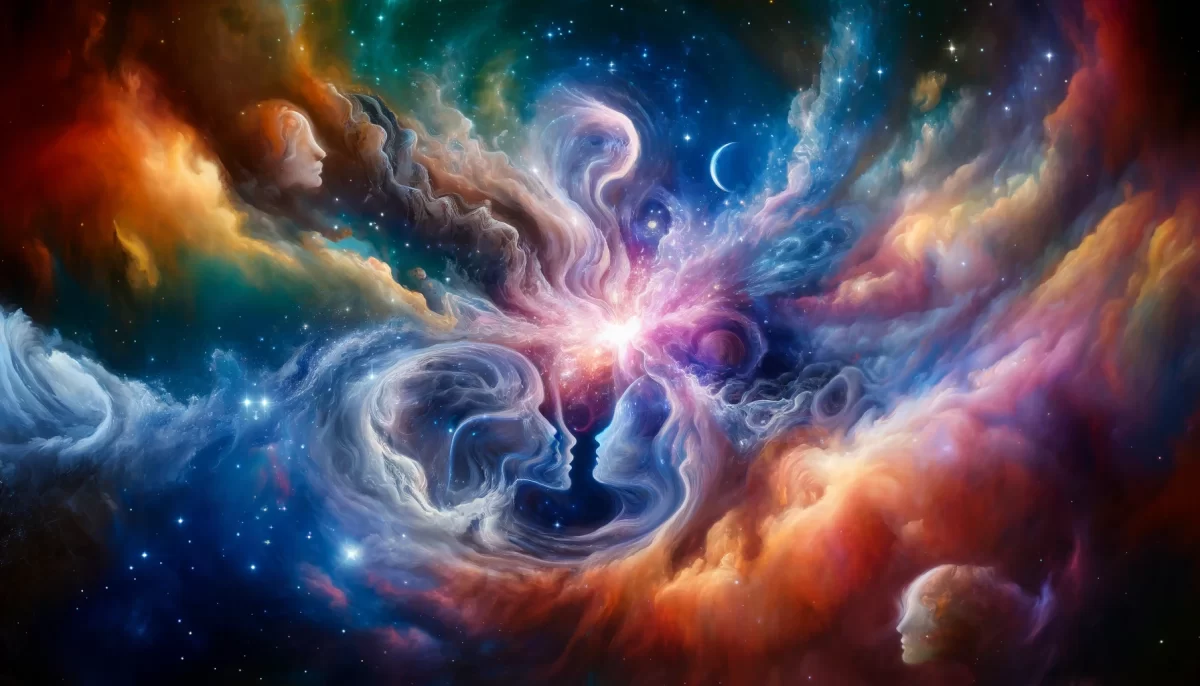
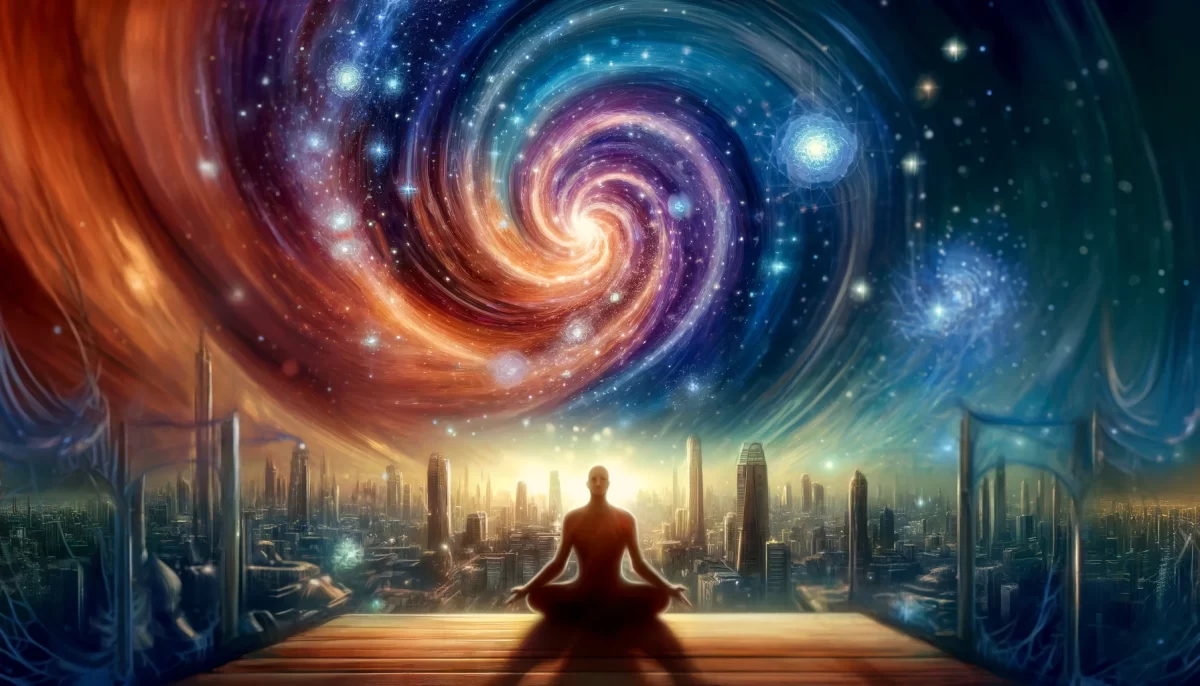
This passage suggests that while we may not have complete knowledge or understanding of the world around us, we still have the ability to create our own interpretation or story to make sense of it. Our understanding is limited by our own capacity to comprehend, and therefore relative to our individual perspective. However, the reality that we perceive through this limited understanding is not an illusion but rather a relative relationship between different potentials and perceptions. The passage also implies that there is an infinite aspect to reality that may be beyond our current comprehension but still exists.